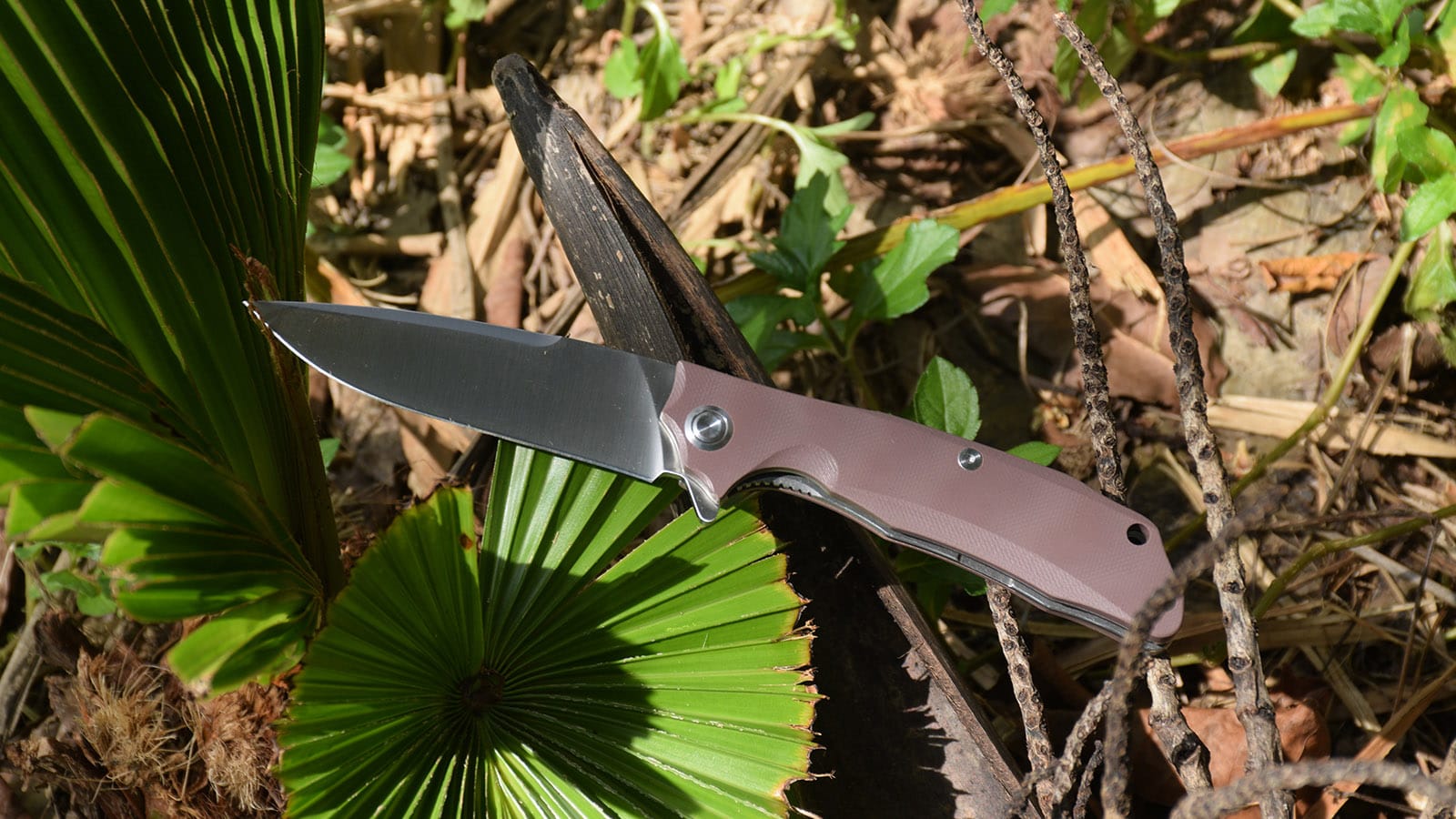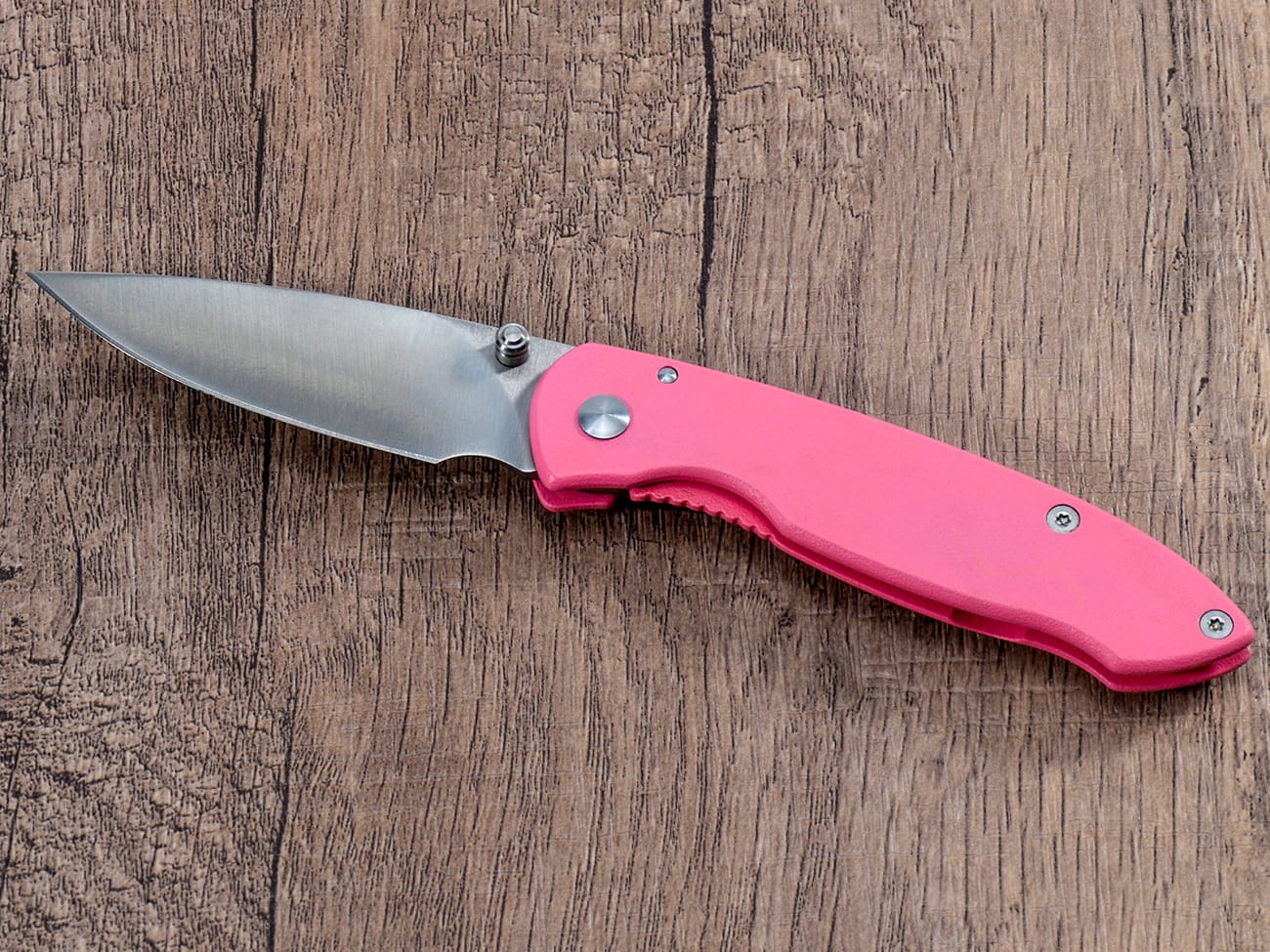For many parents and young teenagers, understanding the legal implications of carrying a pocket knife can be confusing. This comprehensive guide will explore the laws, restrictions, and safety considerations regarding minors carrying pocket knives, helping both parents and young people make informed decisions about knife ownership and use.
What Types of Knives Can Minors Legally Carry?
The legality of knife carrying for minors varies by jurisdiction. Generally, folding knives with blades under 2.5 inches are considered more acceptable for young people. These include:
- Swiss army knives
- Small pocket knives
- Basic folding knives
- Multi-tools with knife attachments
However, blade length restrictions and specific regulations vary by location.
Understanding State Laws on Youth Knife Possession
State law governs most regulations regarding minors and knife possession. Some key points to consider:
- Many states don’t have specific age restrictions for basic pocket knives
- School grounds typically prohibit all knives regardless of age
- Local laws may be more restrictive than state regulations
- Some states require adult supervision for minors carrying knives

A typical pocket knife with safety features suitable for responsible youth use
Are There Age Restrictions for Buying and Carrying Pocket Knives?
While there’s no universal age requirement for pocket knife ownership, several factors come into play:
- Most retailers have their own age policies
- Certain knife types may have specific age restrictions
- Parents can legally purchase knives for their children
- Some areas require individuals to be 16 or older to purchase any knife
Where Can’t a 13-Year-Old Carry a Pocket Knife?
Several locations strictly prohibit minors from carrying any type of knife:
- Schools and educational facilities
- Government buildings
- Public transportation in many areas
- Private establishments with no-knife policies
- Athletic events and concerts
Safety Guidelines for Young Knife Carriers
When allowing a 13-year-old to carry a pocket knife, consider these safety measures:
- Proper training in knife handling
- Clear rules about appropriate use
- Regular supervision and guidance
- Understanding of local laws and restrictions
- Knowledge of basic knife maintenance
What Should Parents Consider Before Allowing Knife Carrying?
Parents should evaluate several factors:
- Child’s maturity level
- Intended use for the knife
- Local legal requirements
- School policies
- Safety considerations
Choosing the Right Knife for a Young Person
When selecting a folding knife for a teenager, consider:
- Blade length (typically under 3 inches)
- Locking mechanism safety features
- Easy-to-handle size
- Durable construction
- Non-threatening appearance
Legal Uses of Pocket Knives for Minors
Acceptable uses for young people include:
- Outdoor activities and camping
- Scout activities
- Supervised craft projects
- Learning responsible tool use
- Basic utility tasks
How to Teach Responsible Knife Usage to Teenagers
Important lessons should include:
- Basic safety rules
- Proper handling techniques
- Maintenance procedures
- Legal responsibilities
- Emergency procedures
Key Points to Remember:
- Always check local laws regarding knife possession
- Ensure proper training before allowing carry
- Maintain adult supervision when necessary
- Choose appropriate knife types and sizes
- Be aware of restricted locations
- Emphasize responsibility and safety
Internal Links Used:
- EDC Knife – Understanding everyday carry options
- Folding Knives – Types suitable for youth
- Knife Handle Materials – Choosing safe options
- Knife Lock Type – Safety mechanisms
Remember, the key to successful youth knife carrying is education, supervision, and adherence to local laws and regulations.




